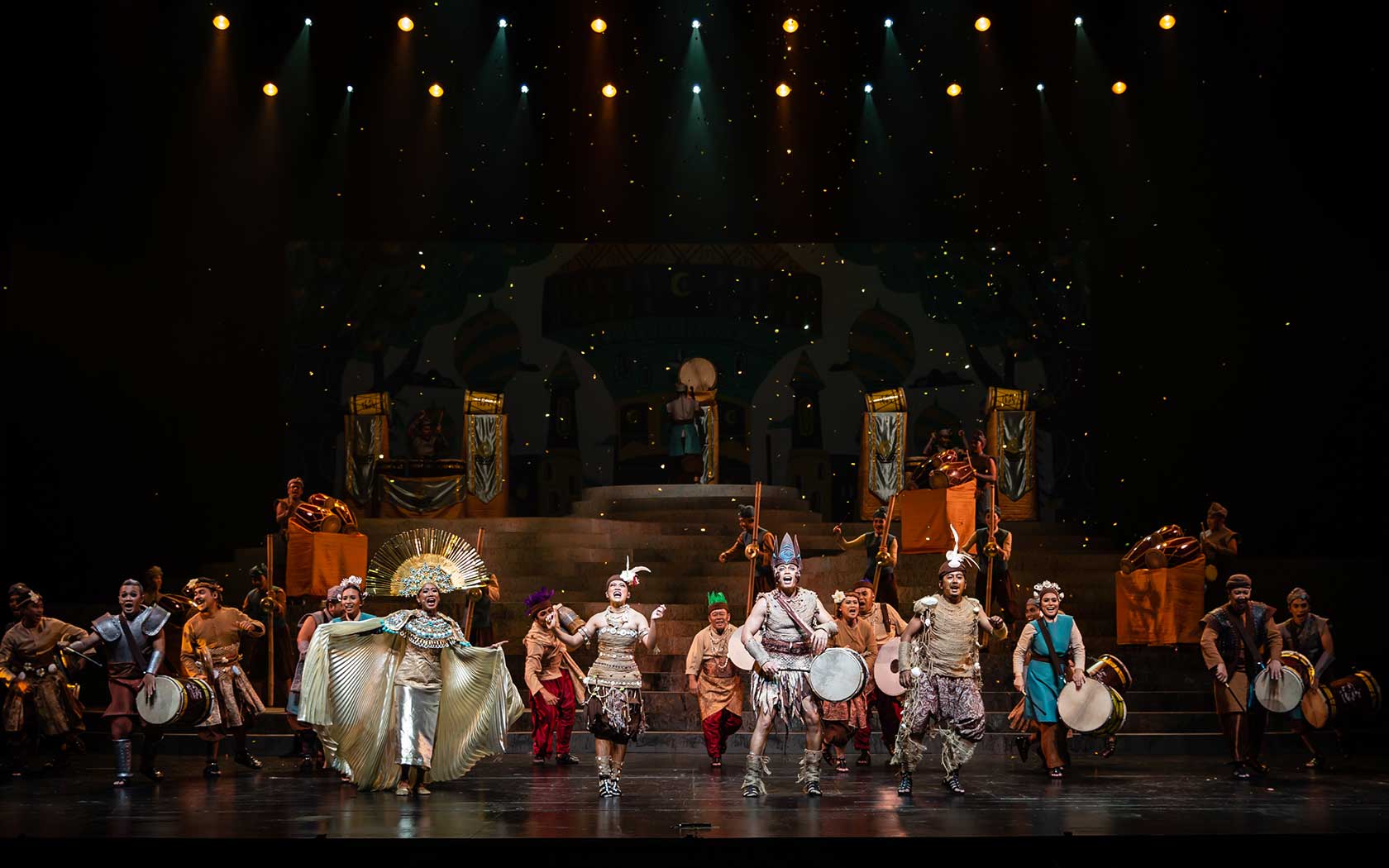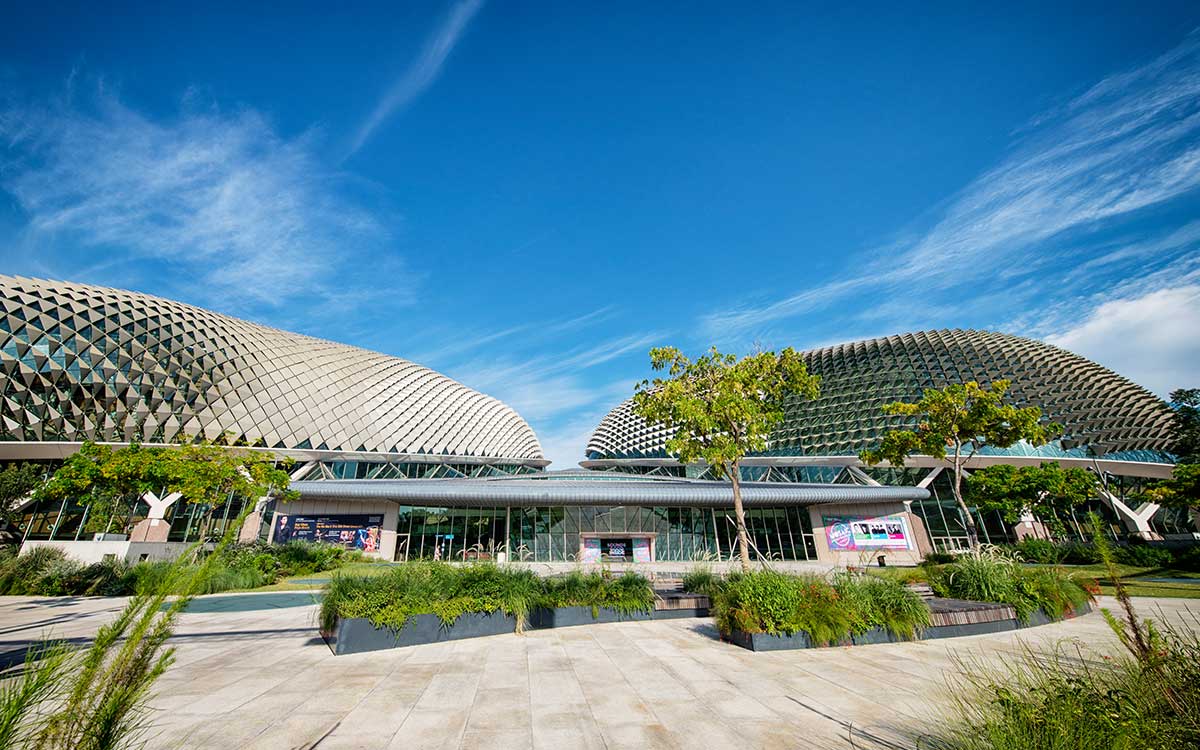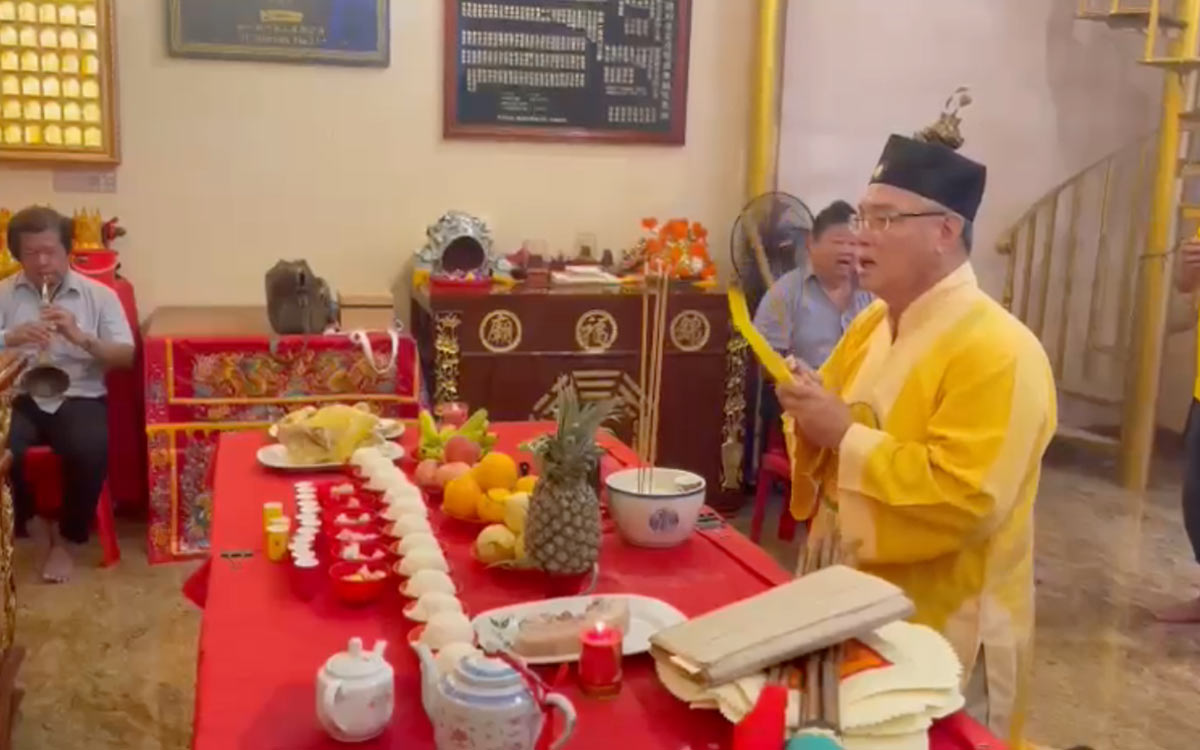As early as 1821, Hainanese traders came to Singapore to trade goods such as wax, tiles, umbrellas, paper, and Chinese medicinal herbs. They came to Singapore in four various peaks, two of which were during the Opium Wars between (1839-58), and in the 1920-30s, unlike the other Chinese dialect groups (Cantonese, Hokkien and Teochew) who arrived earlier.
Being a minority, they often sought each other out, through Hainanese temples and kinship clan associations where they could meet and mingle with fellow countrymen. While the newer immigrants were helped by clan associations in their search for work and lodgings, they would also approach the Hainanese temples to give thanks to the gods of the sea, who granted them a safe journey to Singapore.
The Hainanese were mostly Taoists, and their ritual music and rites are similar to those of the Cantonese Taoists due to the geographical proximity to the south of China, except that the chants are in the Hainanese language.
Today, there are a handful of Hainan Taoist priests in Singapore serving the Hainanese community who still hold on to their beliefs, and their roles are mainly ceremonial: the consecration of statues or altars, consecration/blessing of new houses, wishes for auspiciousness, funerary services, and ceremonies for the recently departed.
These ceremonies often involve music, which draws on influences from the melodies in Hainanese opera and folk music. The suona is the main melody instrument in the ensemble, and is accompanied by the dizi and various percussion instruments such as the luo (small gong), ba (hand cymbals) and muyu (woodblock). Commonly seen at ceremonies is an altar of deities (the “Three Pure Ones”). These are the highest gods in the Taoist pantheon and regarded as manifestation of the Tao.
Ling Bao Huang Tan presents two programmes of ceremonial ritual music for this edition of A Tapestry of Sacred Music. The first, performed during temple celebrations, is a Taoist blessing ritual where the sacred names of deities are invoked, and they descend from the heavenly realms to give blessings to the devotees.
In the second programme, the priest summons the souls of the departed, and prays for their delivery from suffering before invoking the deities of the netherworld to bring them back to the altar where they can seek repentance and forgiveness from the divine.











